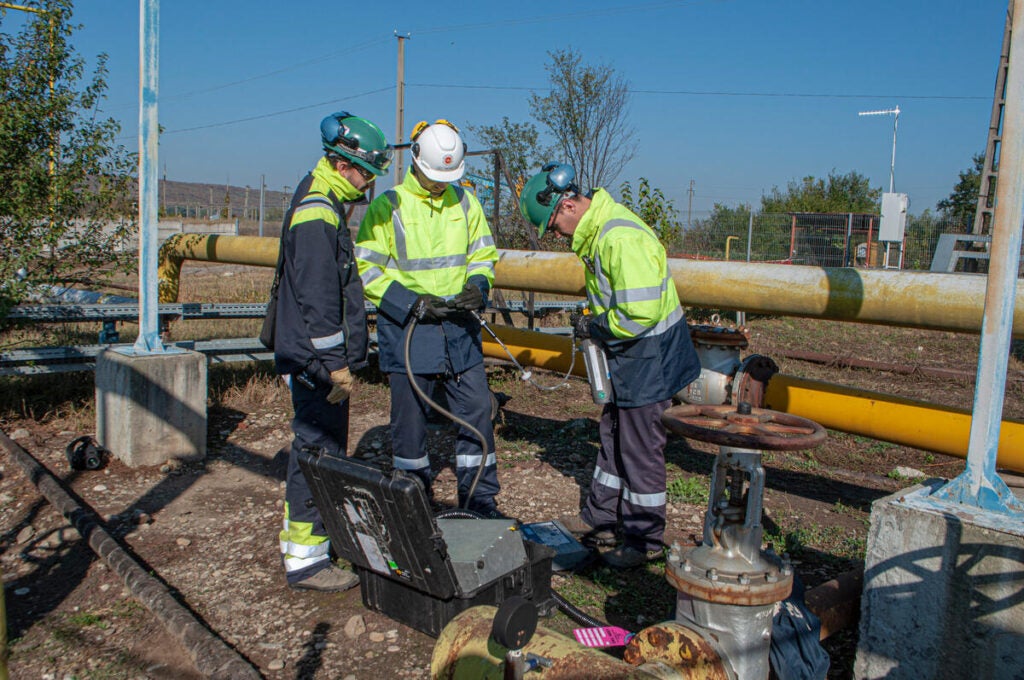
Photo from “Romanian Methane Emissions from Oil and Gas” project, part of “Methane Goes Mobile – Measurements and Modeling (MEMO2)” campaign sponsored by the European Union’s Horizon 2020 research and innovation program- to assess context and quantity of Romania’s methane emissions
Amidst all the positive momentum behind reducing global oil and gas methane emissions lies a critical challenge: If we’re going to reduce global methane emissions, we need accurate and trustworthy numbers to define the scope of the problem, assess company and country performance and track emissions over time and against reduction goals.
Because you can’t manage what you don’t measure, accurately.












